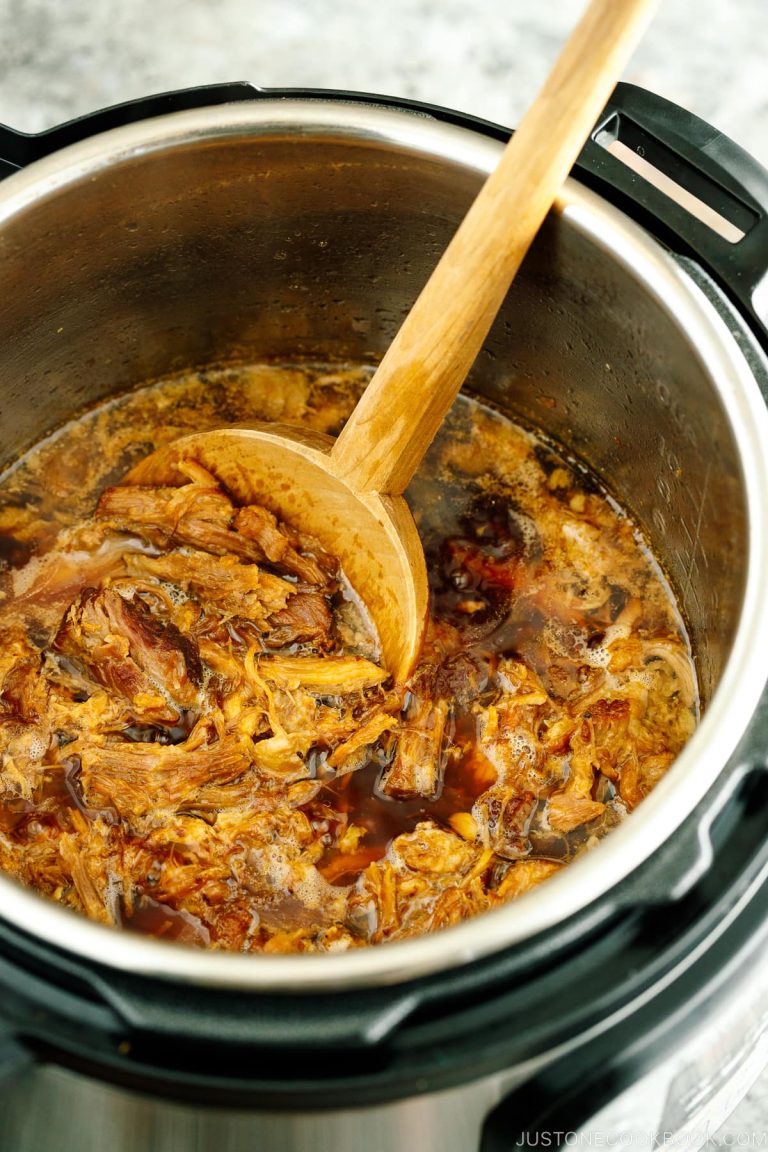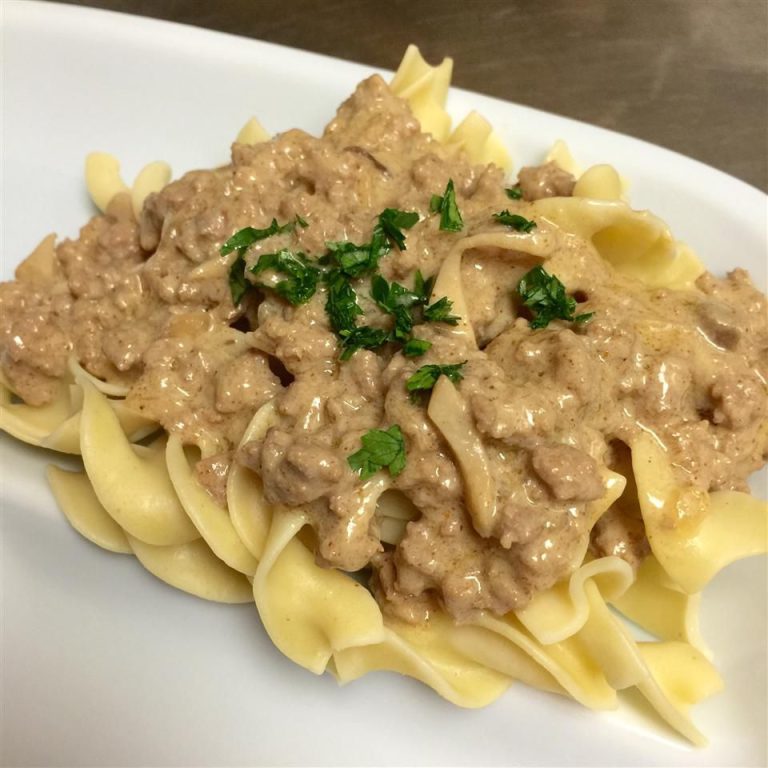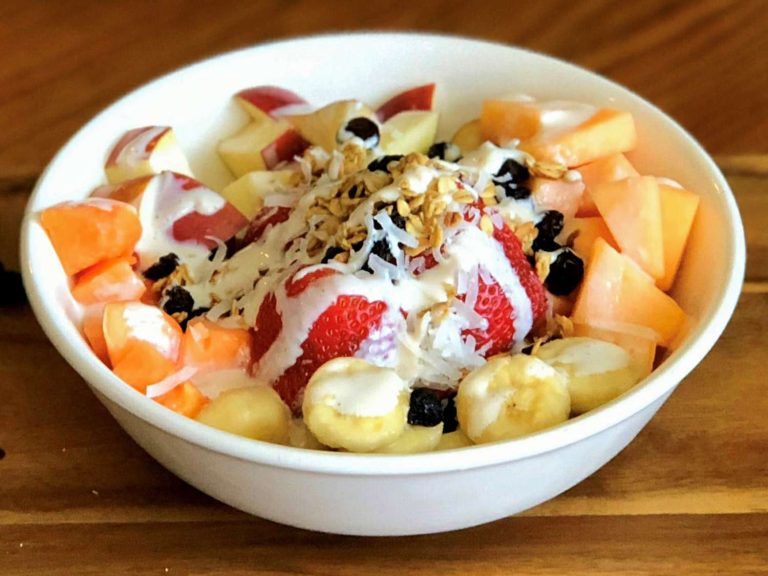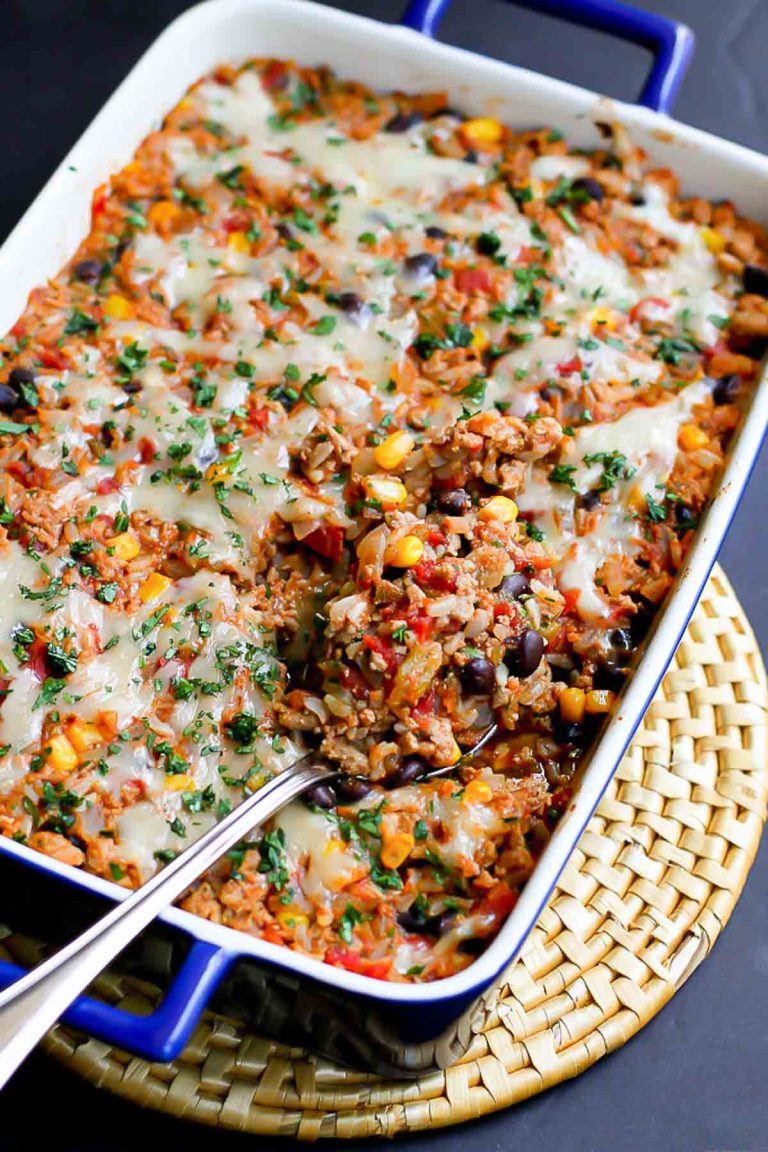Egg Custard Pie: Origins, Recipe, and Perfect Pairings Explained
Egg custard pie traces its roots back to medieval Europe, where it gained popularity among the upper class. Early recipes featured basic ingredients like milk, eggs, and sugar, combining them to create a custard mixture. These recipes, found in several 14th-century European cookbooks, highlighted the simplicity and versatility of the dish. Custard pies were often reserved for special occasions, reflecting social status and culinary sophistication.
The cultural significance extended beyond Europe. In Asia, particularly in China, similar custard tarts became prominent. The egg tart, introduced in the early 20th century, shares many characteristics with its European counterpart, showcasing the global appreciation for this dessert. Custard pies have been a symbol of comfort and tradition in many cultures, making them a cherished dessert worldwide.
Evolution of the Recipe Over Time
The recipe for egg custard pie evolved significantly over the centuries. During the Renaissance, the inclusion of spices like nutmeg and cinnamon became common. These additions enhanced the flavor profile, catering to the changing palates of the time. The Industrial Revolution further transformed the recipe. Baking ingredients became more accessible, allowing the middle class to enjoy custard pies regularly.
In the 19th and 20th centuries, regional variations emerged in the United States. For example, Southern cuisine often featured a rich and creamy version, incorporating evaporated milk or cream. Meanwhile, New Englanders preferred a simpler, less sweetened version. Despite these regional differences, the fundamental components remained consistent, preserving the classic essence of egg custard pie.
By the modern era, the inclusion of various flavors, such as vanilla, almond, and citrus zest, introduced new dimensions to the traditional recipe. While the core ingredients remain, these variations keep the dish relevant and exciting for contemporary bakers.
Key Ingredients and Variations
Essential Components of Egg Custard Pie
Egg custard pie primarily relies on a few basic ingredients to achieve its classic taste and texture. These components include:
- Eggs: Key for the custard’s structure and color. Typically, four large eggs create a balanced texture.
- Milk or Cream: Ensures the custard’s creaminess. Whole milk or heavy cream, used in about 2 cups, works best.
- Sugar: Provides sweetness. Usually, granulated sugar, around 1 cup, is used.
- Pie Crust: Forms the base and adds a contrasting texture. Use homemade or pre-made crusts.
- Vanilla Extract: Adds depth of flavor. Typically, 1-2 teaspoons are sufficient.
- Nutmeg and Cinnamon: Optional spices for added warmth. Sprinkle on top before baking.
Common Variations and Regional Twists
Egg custard pie has numerous variations based on regional preferences and creative adaptations:
- Southern Egg Custard Pie: Prominent in Southern cuisine, includes a bit of cornmeal in the crust for a unique texture.
- Chinese Egg Tarts: Smaller individual custard tarts popular in dim sum. Often contains evaporated milk instead of fresh milk.
- Portuguese Pastel de Nata: Features a caramelized top and flaky pastry crust, pinch of lemon zest included.
- Sugar Cream Pie: Famous in Indiana, resembles egg custard but uses more cream, sometimes without eggs.
- Coconut Custard Pie: Introduces shredded coconut into the custard mix for a tropical twist. Often uses coconut milk.
- Maple Custard Pie: Northern U.S. favorite, swaps sugar for pure maple syrup for a distinct flavor.
These key ingredients and regional variations showcase the versatility and enduring popularity of egg custard pie. Whether sticking to tradition or experimenting with new flavors, this dessert remains a cherished classic.
Baking the Perfect Egg Custard Pie
Step-by-Step Baking Techniques
Prepare Ingredients: Gather 3 large eggs, 1 cup of sugar, 2 cups of whole milk, 1 teaspoon of vanilla extract, 1/4 teaspoon of nutmeg, and 1 pre-made pie crust. Having all ingredients measured and ready ensures a smooth baking process.
Preheat Oven: Set your oven to 400°F (204°C) before starting to mix ingredients. This ensures even coating and baking once the pie is ready to go in.
Mix Custard: In a large bowl, whisk eggs and sugar until well combined. Gradually add milk and vanilla extract, whisking consistently. This prevents the mixture from becoming lumpy.
Fill the Crust: Pour the custard mixture into the pie crust, leaving some space near the edge to prevent overflow.
Bake Pie: Place the pie in the preheated oven on the middle rack. Bake for 15 minutes at 400°F then reduce the temperature to 350°F (177°C) and bake for another 35-40 minutes. The pie is ready when the center is set but still slightly jiggly.
Cool and Serve: Let the pie cool on a wire rack for at least an hour before serving. This allows the custard to set and makes slicing easier.
Tips for Achieving the Perfect Texture
Use Whole Milk: Whole milk provides the rich creaminess essential for a smooth custard. Using low-fat options can result in a thinner consistency.
Avoid Overmixing: Overmixing can incorporate too much air into the custard, creating a bubbly texture rather than a smooth one. Mix just until ingredients are combined.
Temperature Control: Keep an eye on the oven temperature. Sudden changes can cause the custard to crack. If your oven runs hot, consider using an oven thermometer to ensure accuracy.
Check for Doneness: A toothpick inserted near the center should come out clean but slightly moist. This indicates the custard has set correctly.
Cool Gradually: After baking, cool the pie at room temperature before refrigerating. Sudden temperature changes can affect the texture and create condensation.
Customize Spices: Add spices like cinnamon or cardamom sparingly. These enhance the flavor without overpowering the custard’s delicate taste.
Serving and Pairing Ideas
Best Practices for Serving Egg Custard Pie
Serve egg custard pie at room temperature for optimal flavor. After baking, let the pie cool completely on a wire rack. Refrigerate the pie for at least two hours before serving, as this helps the custard set and enhances its flavor. Use a sharp knife to cut clean slices, wiping the blade between cuts to maintain neat edges. For an added touch, garnish each slice with a sprinkle of nutmeg or a dollop of whipped cream. If you’d like, add a few fresh berries on top for a burst of color and freshness.
Ideal Pairings with Drinks and Other Desserts
Pair egg custard pie with complementary beverages and desserts to create a balanced and satisfying experience. This pie pairs well with hot drinks like coffee or tea, as the warmth contrasts with the cool custard. You might prefer a chilled glass of dessert wine, like Riesling or Sauternes, for a more indulgent option. Serve alongside fruit salads or berry compotes to add a refreshing and tart element to your dessert spread. For a richer pairing, consider serving the pie with caramel or chocolate sauce. These additions can enhance the overall dining experience, making your serving of egg custard pie unforgettable.
Conclusion
Egg custard pie is more than just a delicious dessert; it’s a slice of history and tradition. Whether you’re drawn to its creamy texture or the nostalgic flavors of nutmeg and cinnamon, this pie offers a versatile canvas for your culinary creativity. Experiment with regional variations or stick to the classic recipe for a comforting treat. Pair it with your favorite beverages and complementary desserts to elevate your dining experience. Enjoy every bite of this timeless dessert and let it become a cherished part of your own culinary repertoire.






